Non-Toxic Cleaners for Antique Furniture: Gentle Care, Lasting Heritage
Chosen theme: Non-Toxic Cleaners for Antique Furniture. Welcome to a thoughtful space where preservation meets health. Here we share kind, proven methods that respect centuries-old finishes, protect indoor air, and honor the stories embedded in wood. Stay curious, ask questions, and subscribe for more careful, conservation-minded guidance.
Why Non-Toxic Matters for Antiques
Traditional finishes like shellac, natural oils, and waxes are sensitive, porous, and beautiful. Harsh chemicals cloud, degloss, or strip history. Thoughtfully diluted, non-toxic cleaners glide over surfaces, lifting grime while respecting patina, so your heirloom keeps its mellow glow rather than a brittle, artificial shine.
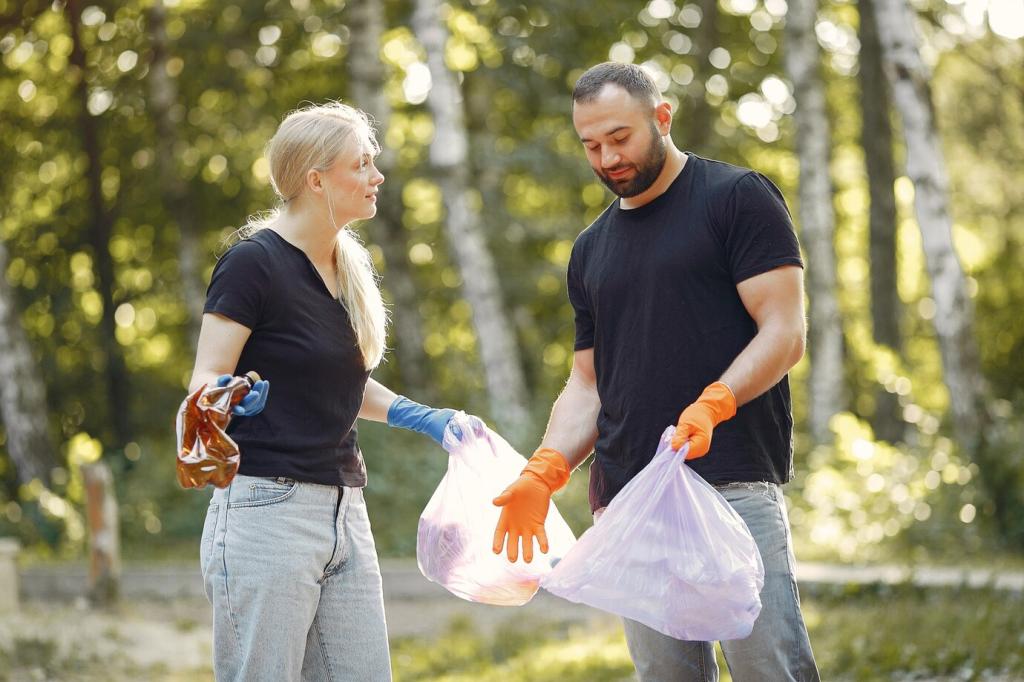
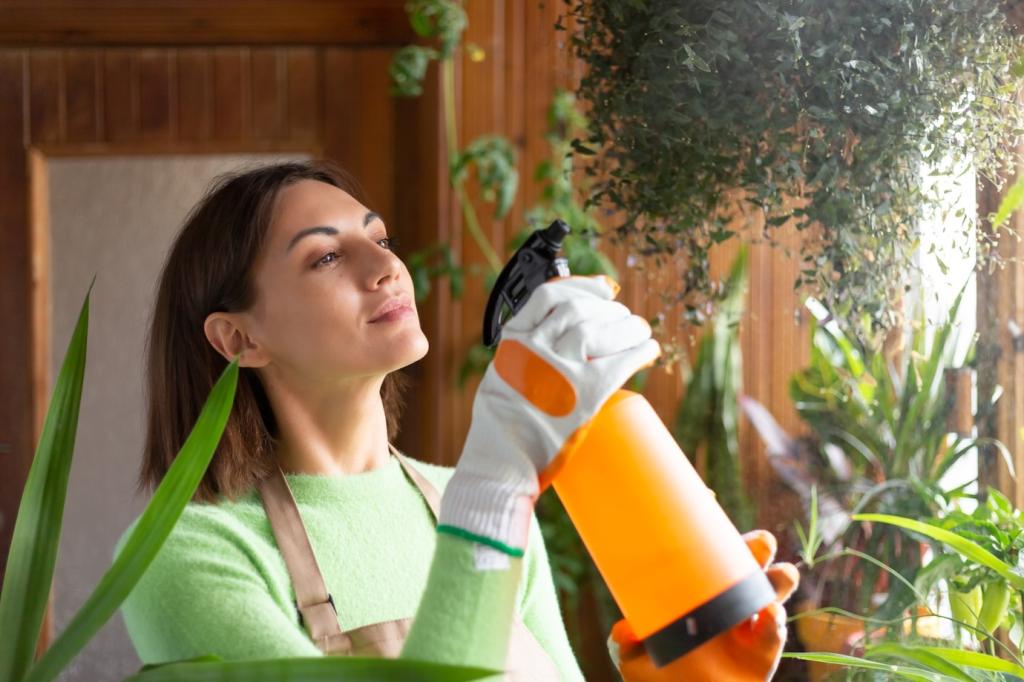
Shellac and French Polish
Alcohol dissolves shellac, and vinegar can dull it. Begin with a dry dusting, then a barely damp, distilled-water cloth with a trace of mild castile soap. Work in small sections, lift soil, then immediately buff dry with soft cotton to avoid water rings and swollen seams.

Oiled and Waxed Surfaces
These finishes thrive on gentle, pH-near-neutral care. A drop or two of mild soap in distilled water removes grime without stripping oils. Refresh protection using a beeswax and carnauba blend, avoiding silicone polishes that create slick buildup and future refinishing headaches, especially on antique tabletops and chair arms.
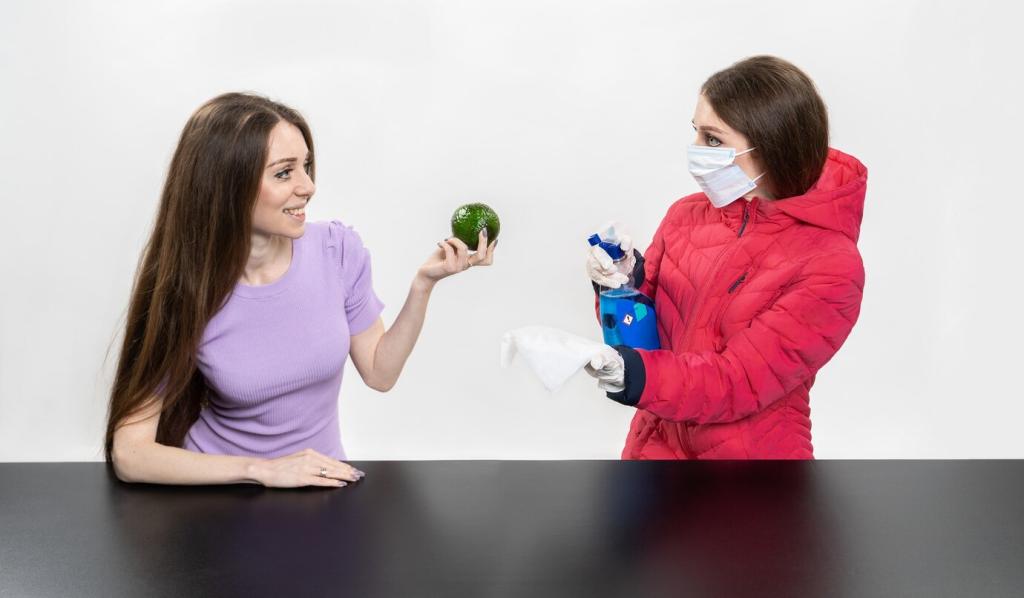
Painted and Gilded Details
Old paint and gilding are fragile. Favor dry cleaning: a soft goat-hair brush or microfiber to lift dust from crevices. Avoid water, citrus solvents, and abrasives. If flaking is visible, stop immediately and consult a conservator. Share photos with our community to crowdsource cautious, non-toxic next steps.

Ultra-Diluted Castile Soap
Used sparingly, castile soap loosens oily soils without aggressive alkalinity on the surface. Think one or two small drops per 500 milliliters of distilled water, applied to a cloth, not the furniture. Rinse by wiping with a second, slightly damp cloth, then dry thoroughly to keep edges and joints safe.
Distilled Water, Applied Wisely
Minerals in tap water can streak or react with finishes. Distilled water avoids that risk, but moderation is vital. Lightly mist your cloth, never the wood. Work quickly, blot rather than rub when lifting grime, and keep a dry towel ready to prevent moisture from creeping into veneers or joints.
Beeswax and Carnauba Wax Blends
A breathable, food-safe polish based on beeswax and carnauba provides a gentle sheen and protective slip. It should include minimal, inert oil to soften application. Avoid olive oil, which can rancidify and attract dust. After a light application, buff patiently for a glow that celebrates age, not gloss.
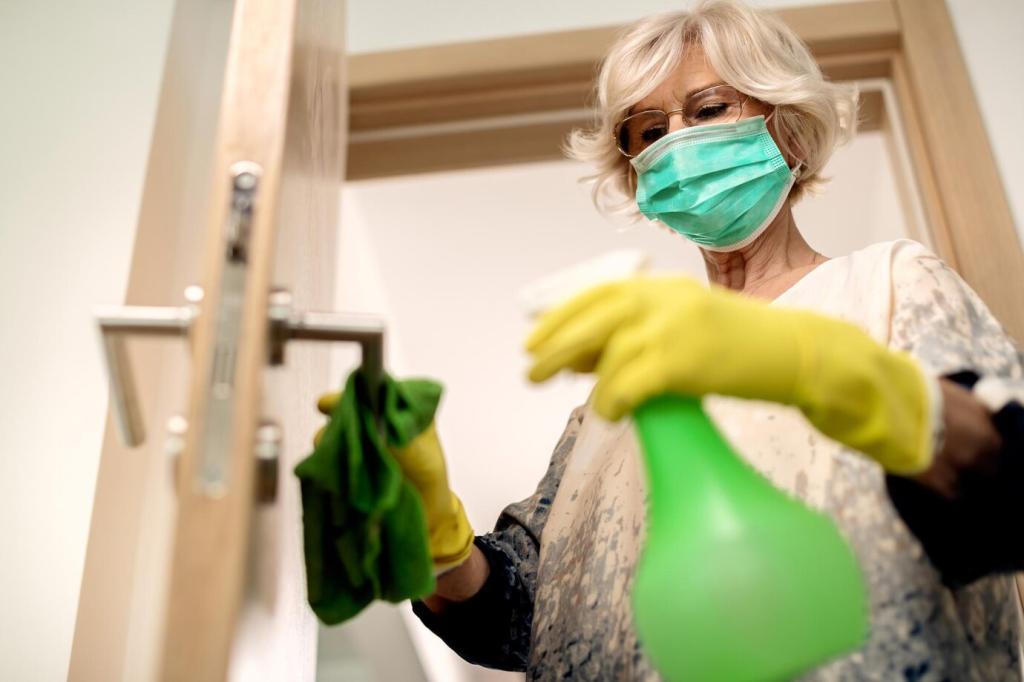
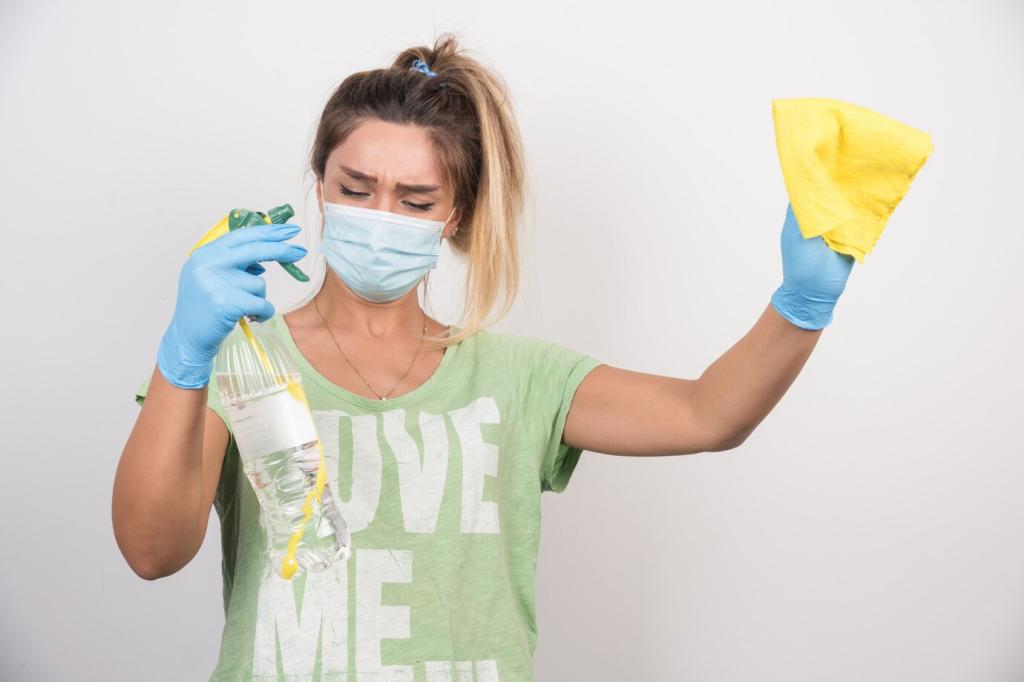
DIY Non-Toxic Recipes You Can Trust
Mix 500 milliliters distilled water with one to two drops of mild liquid castile soap. Dampen a soft cloth lightly, wipe a small test area, and immediately follow with a second cloth dampened in plain distilled water. Dry and buff. If shine blurs or color lifts, stop and reassess.
DIY Non-Toxic Recipes You Can Trust
In a double boiler, melt one part beeswax with three parts fractionated coconut oil. Cool until creamy, then jar. Apply a whisper-thin layer with cotton, let haze, and buff until clear. Skip essential oils and citrus solvents; fragrance can mask risks and occasionally soften delicate, time-worn finishes unexpectedly.
A Gentle, Step-by-Step Cleaning Workflow
Dust Before You Wet
Use a clean microfiber or goat-hair brush to lift grit from carvings and moldings. Removing abrasive dust first prevents micro-scratches. Work from top to bottom, moving grit away from corners, and periodically shake out your cloth. Photograph progress to document changes, and comment with questions if something unexpected appears.
Spot-Test With Discipline
Select a hidden area under a rail or inside a panel. Apply your chosen non-toxic cleaner, wait twenty-four hours, and inspect in raking light. Look for haze, color transfer, or raised grain. If all is well, proceed in small zones, refreshing cloths so you lift dirt rather than spread it.
Small Passes, Light Pressure
Work palm-sized sections, gently guiding the cloth along the grain. Immediately dry after each pass to keep moisture out of joints. If stubborn grime persists, stop. Reapply the mild solution, rest a moment, then buff. Share your sticking points; our community loves solving delicate, non-toxic challenges together.
Common Problems, Non-Toxic Fixes
Greasy Fingerprints and Kitchen Film
Lift oils with your ultra-diluted castile solution, working quickly and drying immediately. Repeat rather than scrubbing. Finish with a light buff to restore clarity. If film persists, consider a second cycle on another day; gentle repetition is kinder than one aggressive pass that risks disrupting aged finishes.
Cloudy Wax Buildup
Rejuvenate old wax by applying a small amount of fresh beeswax polish, letting it soften the layer, then buffing thoroughly with clean cotton. Avoid abrasives and ammonia. If haze remains, stop and seek advice. Post photos and subscribe for expert guidance on non-toxic, conservator-approved reduction techniques.
Musty Smells and Light Mildew
Increase airflow, reduce humidity, and place charcoal pouches nearby without touching surfaces. Gently dust spores outdoors with a soft brush while wearing protection, avoiding liquid cleaners that can feed growth. Severe outbreaks warrant professional help. Tell us what worked for you, so others can learn without harsh chemicals.
Cloths and Brushes That Respect Patina
Stock lint-free cotton, high-quality microfiber, and soft natural-bristle brushes. Keep separate cloths for cleaning, rinsing, and drying to avoid cross-contamination. Replace tired towels regularly; worn fibers can drag and scratch. Comment with your favorite brands and why they shine on intricate carvings and delicate edges.
Lighting and Workspace
Use bright, indirect light to reveal streaks and residues without heat. Pad your work surface with breathable cotton to protect veneers and marquetry. Keep a small timer, labeled jars, and fresh cloths within reach. A tidy setup supports deliberate, non-toxic pacing that antiques reward with better, safer results.
Storage and Labeling of Non-Toxic Supplies
Date and label every jar, note dilutions, and store away from heat and sunlight. Keep child-safe closures, and separate waxes from cleaners. This simple discipline prevents accidents and ensures repeatability. Share your labeling system and subscribe for printable checklists that make careful antique care pleasantly routine.
